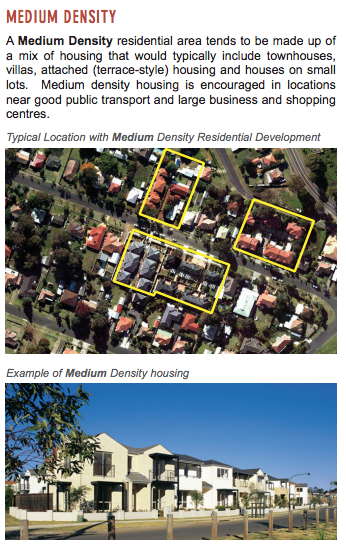PLANNING PROPOSAL Information
The following information is relevant to the Planning Proposal
Council Provided Concept Master Plan 2016. With previous concept plan 2015 for comparison
Council Provided Concept Master Plan 2016. With previous concept plan 2015 for comparison
PLANNING PROPOSAL AND DEVELOPMENT CONTROL PLAN AMENDMENTS FOR LAND AT BROULEE [23rd June PSR15/019]
Your browser does not support viewing this document. Click here to download the document.
Your browser does not support viewing this document. Click here to download the document.
Broulee - A Coastal "Village"
The NSW Planning Departments website specifically lists Broulee as a Coastal Village. The department defines Coastal villages as "small centres with a population of up to 3,000 people. In coastal villages the natural environment dominates in terms of views, environmental systems and vegetation types. Ecological systems surrounding and penetrating the settlement are intact. Informal boundaries exist between urban and natural areas within the village. Extensive and well established landscaping is a feature of both public and private land. Villages are differentiated from other settlement types by having as small vibrant centre set within a distinctive and intact natural environment.". The next designation is called a Coastal Town which are defined as "small centres that vary in size and have a population ranging from 3,000 to 20,000 people. Coastal towns offer a range of services and facilities"
Their website lists an extensive set of issues facing coastal villages as well as opportunities. "The future approach for villages along the NSW coast is to reinforce scenic and tourist values by maintaining and improving the distinctive way in which the settlement sits within the landscape. Protection of natural and rural lands is a priority". It is fascinating reading and gives great insight into the Guidelines that Councils must consider when preparing an LEP.
Their website lists an extensive set of issues facing coastal villages as well as opportunities. "The future approach for villages along the NSW coast is to reinforce scenic and tourist values by maintaining and improving the distinctive way in which the settlement sits within the landscape. Protection of natural and rural lands is a priority". It is fascinating reading and gives great insight into the Guidelines that Councils must consider when preparing an LEP.
What is R3 medium density zoning?
A Medium Density residential area tends to be made up of a mix of housing that would typically include townhouses, villas, attached (terrace-style) housing and houses on small lots. Medium density housing is encouraged in locations near good public transport and large business and shopping centres. [Blacktown Council Website]
Other items permitted on R3 zoned land with consent: Attached dwellings; Backpackers’ accommodation; Bed and breakfast accommodation; Boarding houses; Dual occupancies; Dwelling houses; Group homes; Hostels; Multi dwelling housing; Places of public worship; Residential flat buildings; Semi-detached dwellings; Serviced apartments and others [Otford Eco Website]
Other items permitted on R3 zoned land with consent: Attached dwellings; Backpackers’ accommodation; Bed and breakfast accommodation; Boarding houses; Dual occupancies; Dwelling houses; Group homes; Hostels; Multi dwelling housing; Places of public worship; Residential flat buildings; Semi-detached dwellings; Serviced apartments and others [Otford Eco Website]
Biodiversity Certification
Biodiversity certification offers planning authorities a streamlined biodiversity assessment process for areas marked for development at the strategic planning stage. The process identifies areas of high conservation value at a landscape scale. These areas can be avoided and protected while identifying areas suitable for development. Biodiversity certification offers a range of secure options for offsetting impacts on biodiversity.
After biodiversity certification is conferred on an area of land, development may proceed without the usual requirement under the Environmental Planning and Assessment Act 1979 for site-by-site threatened species assessment.
As noted in the planning proposal the area in question is an Endangered Ecological Community. The details of the Biodiversity Certification can be found on the Council website on the link below.







